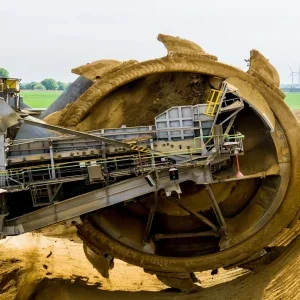CEZ reported that 152 of these 166 events had been rated as a deviation where operational limits and conditions were not exceeded. The remaining 14 were classified anomalies beyond the authorized regime. None had caused environmental damage, the company said.
CEZ commented that Temelin’s performance is comparable to the statistics of the company’s Dukovany nuclear power plant in the years 1993 to 1998. CEZ saw this as a favorable comparison, as Dukovany had already been operating for five years when the 1993 to 1998 statistics were recorded, while the Temelin plant only began its trial operations in 2002.
CEZ also said that Temelin has started a new safety program in order to stabilize its operations. The goal of the initiative is to reach expected safety levels and the reliable yearly production of 15TWh of electricity per year in the medium term. The program includes technical stabilization, a program of equipment renewal and the improvement of safety culture.
Jiri Borovec, chief production officer of CEZ, said: Since 2004, Temelin has managed to maintain the trend of a decreasing number of events classified by the International Nuclear Event Scale scale, and that is a sign of gradual stabilization of the units operation.
CEZ added that its goal over the coming years will be to ensure that Temelin’s operations reach the standards now in place at the Dukovany plant. According to CEZ, after 20 years of operating experience, Dukovany now ranks among the world’s top nuclear installations regarding operational safety.






